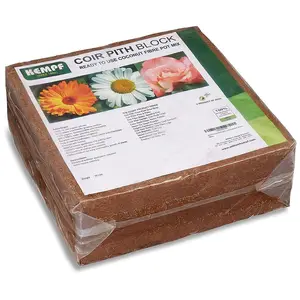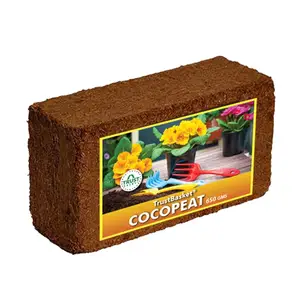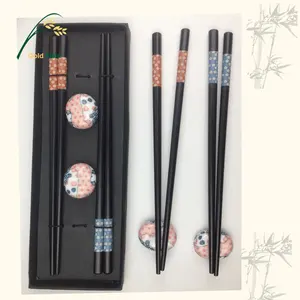Popular in your industry






































































Related Searches:











































































































































Top categories
About coco peat buyers in europe
Introduction to Coco Peat as a Growing Medium
Coco peat, a sustainable and versatile growing medium, has gained significant traction among coco peat buyers in Europe. Derived from the fibrous husk of the coconut, this by-product is transformed into a multipurpose horticultural substance. Its utility spans across various forms of agriculture, making it a sought-after commodity in the farming sector.
Types and Applications of Coco Peat
Coco peat is available in several forms, including bricks, blocks, and fibers, each serving specific horticultural needs. Its application is diverse, ranging from seed starting to soil amendment, and it's particularly favored for hydroponic setups. The product's versatility also extends to container gardening, where it acts as a soil conditioner, enhancing the growth and health of plants.
Features and Material Composition
The material composition of coco peat is unique, consisting primarily of coir fiber pith or coir dust. It's a natural, organic material that provides excellent water retention and aeration properties. These features contribute to its ability to support plant growth by maintaining moisture and facilitating root expansion. The absence of soil-borne pathogens in coco peat is another characteristic that underscores its value as a growing medium.
Advantages of Using Coco Peat
The advantages of using coco peat are manifold. It is a renewable resource with a high water holding capacity, making it ideal for drought-prone areas. Its air-filled porosity and natural resistance to fungal growth promote healthy root systems. Additionally, coco peat's pH neutrality makes it suitable for a wide range of crops. The environmental benefits of using coco peat, such as its biodegradability and role in reducing the carbon footprint, further enhance its appeal to European coco peat consumers.
Environmental Impact and Sustainability
Coco peat's eco-friendly profile is a significant factor in its widespread adoption. The sustainability of coco peat as a product is evident in its production process, which involves the upcycling of coconut husk waste. This not only prevents the waste from contributing to landfill but also ensures that the use of coco peat supports environmentally responsible farming practices.
Choosing the Right Coco Peat Product
Selecting the appropriate coco peat product requires consideration of plant-specific needs and growing conditions. The market offers a variety of coco peat types, such as buffered coco peat, organic coco peat, and neutralized coco peat, each with distinct benefits. While buffered coco peat is treated to prevent nutrient lock-up, organic coco peat ensures the absence of synthetic additives. Neutralized coco peat, with adjusted pH levels, caters to plants sensitive to acidity. Prospective buyers should assess these options to find the best fit for their horticultural endeavors.






































